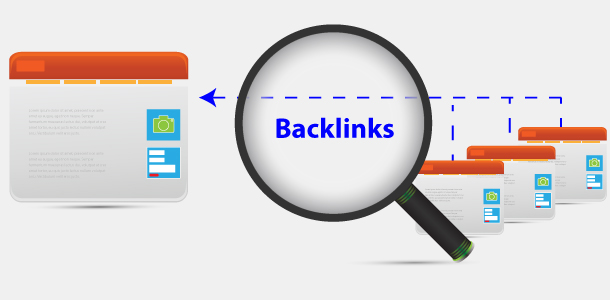
Which Backlinks Should Be Avoided?
Backlinks play a crucial role in search engine optimization (SEO), impacting a website’s authority and ranking. However, not all backlinks are beneficial. Some can harm your site’s reputation and performance. In this post, we’ll explore the types of backlinks to avoid, the potential risks they pose, and how to maintain a healthy backlink profile.
Which backlinks should be avoided Understanding Backlinks
What Are Backlinks?
Backlinks, also known as inbound links or incoming links, are hyperlinks from one website to another. They are essential for SEO as they signal to search engines that your content is credible and worth linking to.
Importance of Quality Backlinks
- Authority Boost: High-quality backlinks from reputable sites enhance your site’s authority.
- Increased Traffic: Quality backlinks can drive referral traffic.
- Better Rankings: Search engines prioritize sites with strong backlink profiles.

Types of Backlinks to Avoid
1. Low-Quality or Spammy Links
These are links from websites with little to no content, or that exist solely to manipulate search rankings.
Characteristics:
- Excessive advertising
- Poor design and user experience
- Content that lacks relevance or quality
2. Link Farms
Link farms are networks of websites that link to each other solely to boost their SEO rankings.
Risks:
- Search engines penalize sites that participate in link farms.
- They provide no real value to your audience.
3. Irrelevant Links
Links from websites that are unrelated to your niche can confuse search engines regarding your site’s purpose.
Example:
- A fitness blog linking to a car dealership site.
4. Paid Links
Purchasing backlinks is against Google’s guidelines. While it may provide a temporary boost, the long-term consequences can be severe.
Consequences:
- Google penalties
- Decreased search visibility
5. Toxic Domains
Links from sites with a bad reputation, such as those involved in scams or malicious activities, can harm your site’s authority.
Signs of Toxic Domains:
- History of spam
- Frequent negative user feedback
- High bounce rates

The Risks of Poor Backlinks
1. Decreased Search Rankings
Low-quality backlinks can lead to penalties from search engines, significantly impacting your search rankings.
2. Damaged Reputation
Links from spammy or irrelevant sites can tarnish your brand’s reputation in the eyes of both users and search engines.
3. Loss of Traffic
A decline in rankings often leads to reduced organic traffic, which can affect conversions and revenue.
Best Practices for Maintaining a Healthy Backlink Profile
1. Regular Backlink Audits
Conduct periodic audits to identify and disavow harmful links.
Tools to Use:
- Google Search Console
- Ahrefs
- SEMrush
2. Focus on Quality Over Quantity
Aim for backlinks from reputable, relevant sites within your niche.
3. Build Relationships
Networking with influencers and bloggers in your industry can help you earn quality backlinks.
4. Create Valuable Content
High-quality, shareable content naturally attracts backlinks.
Conclusion
Avoiding poor backlinks is essential for maintaining a healthy SEO strategy. By focusing on building a strong backlink profile with quality links, you can improve your site’s authority, enhance its reputation, and drive sustainable traffic. Regular screenings and early detection of harmful backlinks will safeguard your website from potential risks and help you thrive in the competitive online landscape.
Key Takeaways
- Regularly audit your backlinks to identify harmful ones.
- Prioritize quality over quantity in your backlink strategy.
- Foster relationships with reputable sites for better backlink opportunities.